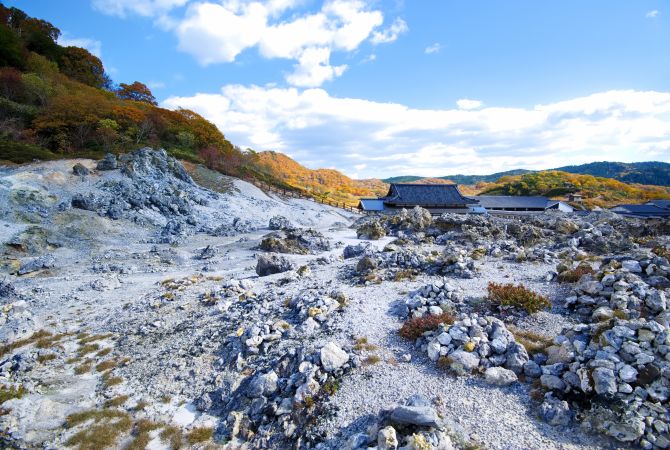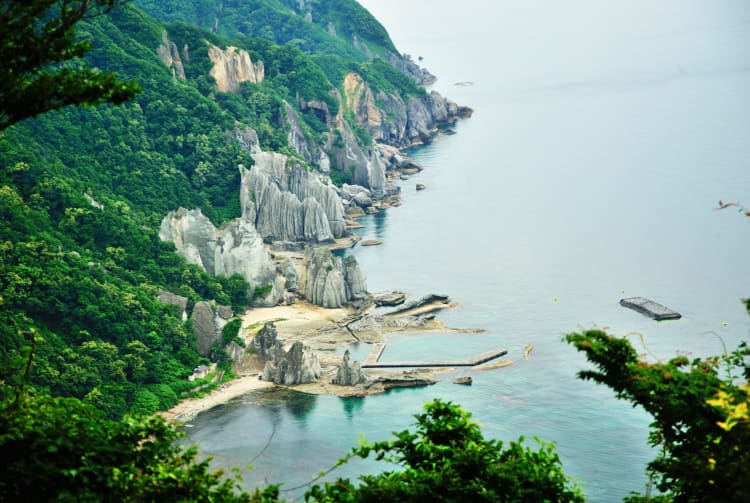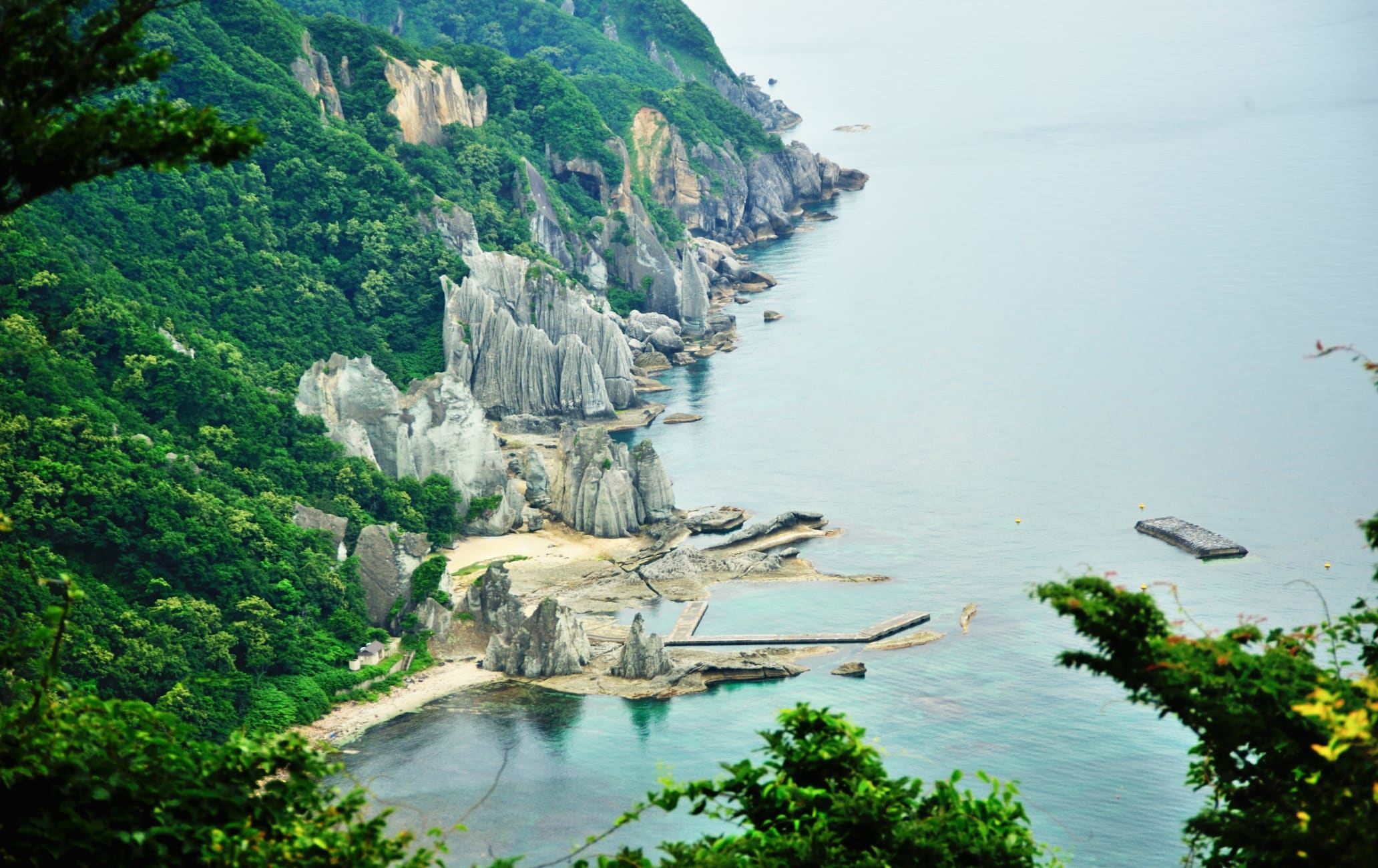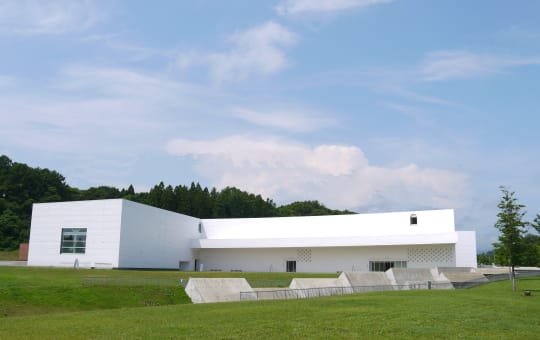The northernmost point of Aomori, long known as a place of worship
The northernmost point of Japan's main island is a treasure-trove of sights and cultural landmarks.
Don't Miss
- Osorezan, one of Japan's three most sacred places, along with Hieiszan and Koyasan
- Hotokegaura Rock Formations, giant cliff formations at the entrance of Mutsu Bay
- Meeting wild Japanese monkeys in Wakinosawa
How to Get There
Mutsu Bus Terminal bus stop is the most central point in the Shimokita Peninsula area.
Hachinohe Station is one of four Shinkansen stops in Aomori Prefecture (the others are Shichinohe-Towada, Shin-Aomori and Okutsugaru-Imabetsu). This is the nearest stop to Tokyo and serves as a transit hub for local trains along the eastern coastline of Tohoku and to the northern Shimokita Peninsula.
To get to the Mutsu Bus Terminal bus stop, ride from Hachinohe to Noheji Station by Aomori Railway Line for approximately 45 minutes, then take the Shimokita Kotsu Noheji Line bus for 90 minutes.
The most convenient method of travel is by car. Cars can be rented easily at Shimokita Station, Noheji Station, Aomori Station, Hachinohe Station and Misawa Airport.

Sacred cliffs
The sheer cliffs and strange rocks at Hotokegaura are a spectacle. The name comes from the Japanese word for Buddha, “hotoke.” Many of the rocks are naturally shaped to resemble the Buddha in various positions.
This part of Aomori is very rustic and wild.






Cape Oma
The isolated cape is the northernmost point of the island of Honshu, Japan's main island.



























































